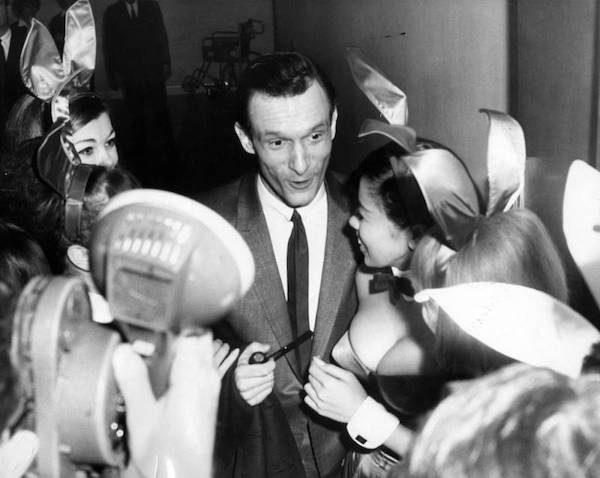
Any mention today of the Playboy Clubs will likely recall the classic Los Angeles Times headline from 1986 when the Los Angeles club closed its doors: “Playboy Clubs, Bunnies Go from Risque to Passe.”
What was naughty in 1965, when the Los Angeles club first opened on the Sunset Strip, had become demurely dated; there are beachside restaurants where waitresses wear skimpier ensembles than bunnies, the newspaper noted.
“The Bunny was the ’60s version of the Ziegfeld Girl,” ex-Bunny Hope Parker (hutch of 1964) said. And just as the Ziegfeld Girl was outmoded by the Flapper, the Bunny fantasy has been overtaken by the reality of the woman–and the man–of the ’80s.
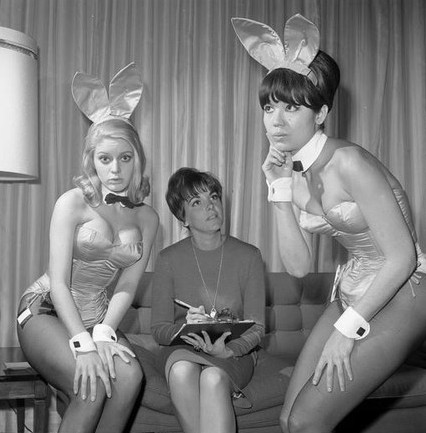
When the Playboy Clubs began, in an age when television assigned married couples to twin beds, the clubs held the promise of a titillating evening on the town, of turning a man into a rakish bon vivant for the evening.
“Now, in a nation glutted with X-rated cable movies and explicit sex magazines, the bunny symbol has become parodied, outmoded and, by comparison, even respectable in some quarters,” the Times reported in an article on July 1, 1986. “The bunny ears are as recognizable as Mickey Mouse’s, and just about as middle-of-the-road. The price of a club key, with its aura of racy sophistication, had risen only from $25 to an unexclusive $40 over the years.”
The image of the Los Angeles club was quite different, though, when the original club opened in West Hollywood at 8560 West Sunset Blvd. Dec. 31, 1964. Playboy magazine publisher Hugh Hefner opened all clubs worldwide on a New Year’s Eve.
Hef Arrives in Los Angeles
Hefner came out to the Sunset Strip in 1960 to open a new Playboy Club after the incredible success of his Chicago club. He found a boulevard that had already laid the groundwork for Playboy, which became so successful that in a 1996 interview with the Los Angeles Times, Hefner still found it almost impossible to describe how popular the club was.
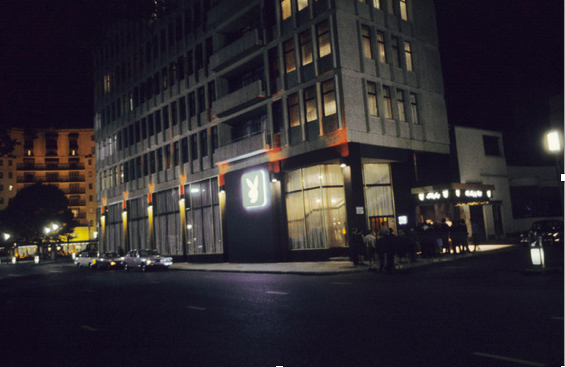
“I think we were the only adult club on the Strip in the 1960s,” he told the newspaper. “We were definitely the most successful.” On any given night, he could have dinner at a hep place like Dean Martin’s Dino’s Lodge with some of his swinging friends – great guys like Lenny Bruce, Mort Sahl, Tony Bennett and Mel Tormé – and then go out and see girls strip at the Largo (which would later become the Roxy), the newspaper reported.
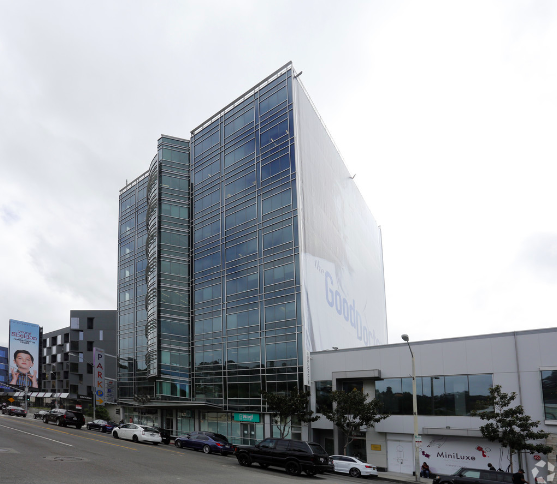
“In a 10-story building, the club took up the first four floors–and still there were lines around the block weekend nights. Hefner lived on the top floor, inside a penthouse that was very James Bond, very top secret. You could push a button, and an entire wall would slide away to reveal the bar. He even had a round bed up there, all the accouterments that every Rat Pack pretender only dreamed of; and yet here it was, happening in Hefner’s club and inside Hefner’s bedroom on the Sunset Strip, the primal DNA strands of mid-century American Male masculinity.”
By 1968, Hefner would beam those DNA codes all over America on his show “Playboy After Dark,” taped at the CBS studios on Fairfax Avenue. Every night after the show, there was a party upstairs in Hefner’s penthouse, the likes of which those poor lonely saps downstairs at the bar, swilling their 007 martinis, could only dream of, the Times said in a Dec. 15, 1996 story.
“A club goer might have come for the Bunnies, attired in their signature outfits with ears and cottontails and augmented with collars, cuffs, and bowties (at Hef’s request), but they stayed for the au courant comedians and musicians,” according to author Patty Farmer in her book “Playboy on Stage: A History of the World’s Sexiest Nightclubs.”
The Playboy Club was far more than the Hooters of its day. It married cultural savvy and showbiz glitz, she notes.
Comedians who played the club include Shecky Green, David Brenner, Rich Little, Jerry Van Dyke, and Lily Tomlin, as well as musicians Sonny Rollins, Al Jarreau, and Marlena Shaw. Actress and singer Lainie Kazan oversaw the Los Angeles branch, also known as Lainie’s Room where she was the only woman to run a Playboy Club.
Just as Playboy showcased literary voices, pioneered the magazine interview, and made inroads into sexual consciousness, the Playboy clubs launched the careers of numerous comedy and musical acts and provided the stage for some of the earliest moments of racial integration in entertainment history, Farmer states. Most notable was comedian Dick Gregory, who had performed before black audiences before.
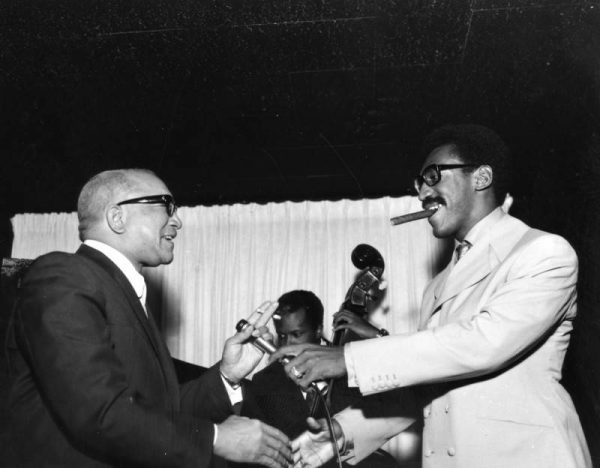
The Sunset Strip had undergone 60 years of haphazard development, the Times reports, and when the vibrant rock and roll scene of the late 1960s was over, Hefner moved the club and the rest of his empire’s operations in 1972 when the ABC Entertainment Center opened in Century City. The Playboy Club moved to a room situated under the Shubert Theater. His new residence became the Playboy Mansion in Holmby Hills while production and business operations moved to a Beverly Hills office building.
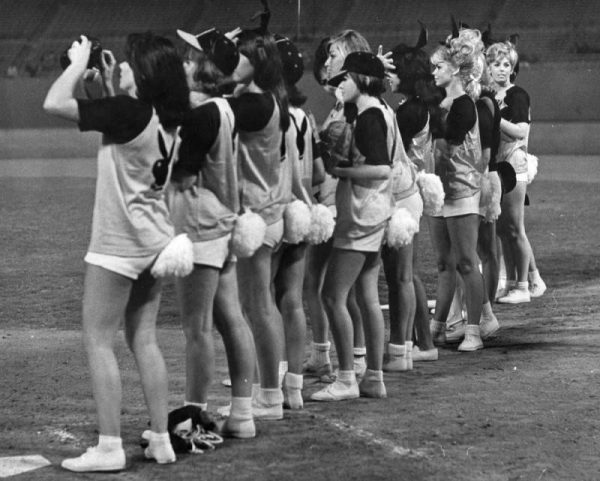

The old version of the building, c 1960’s, looked way better than it does today. IMO And, Michael G’s comments mirror my thoughts as well.
The once Famous Sunset Strip is a grotesque corridor of billboards attempting to cover-up over development and hotels that fall into architect Frank Gehry’s famous line: “98% of modern architecture is Sh-t!”
We can thank this to the West Hollywood “Student” Council’s bad taste due to political hacks like John Heilman and John Duran running WEHO like a mini-mall.
You are correct about the grotesque billboard corridor and C- development. How to ruin the best of the early landmark structures and put nothing but commercial free flowing ATM machines in between. Folks with little or no vision that facilitates a Giant Piggy Bank mentality that fleeces unsuspecting tourists and denigrates the residents above and below the Sunset Strip.